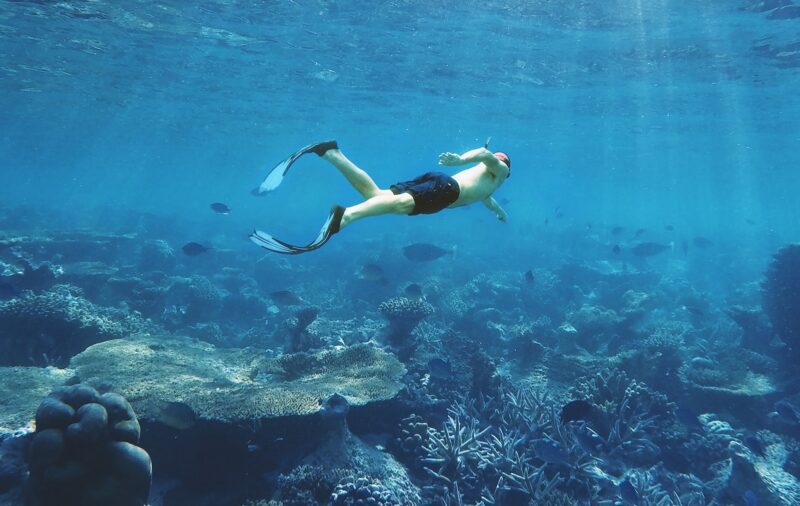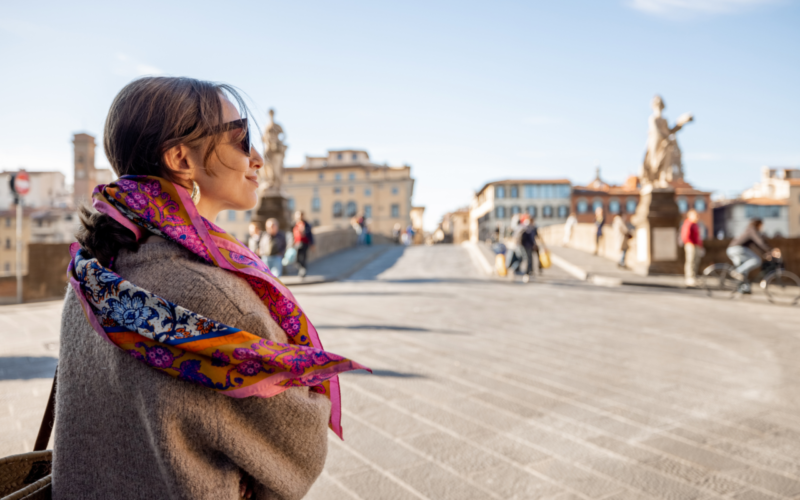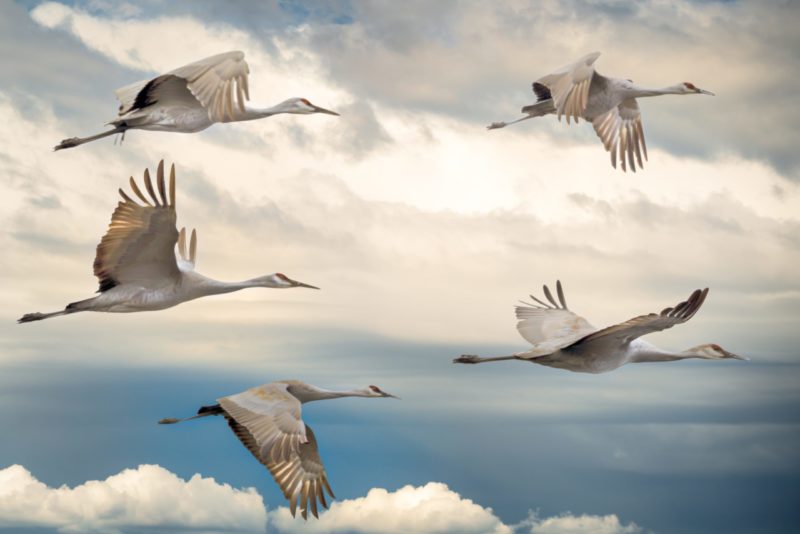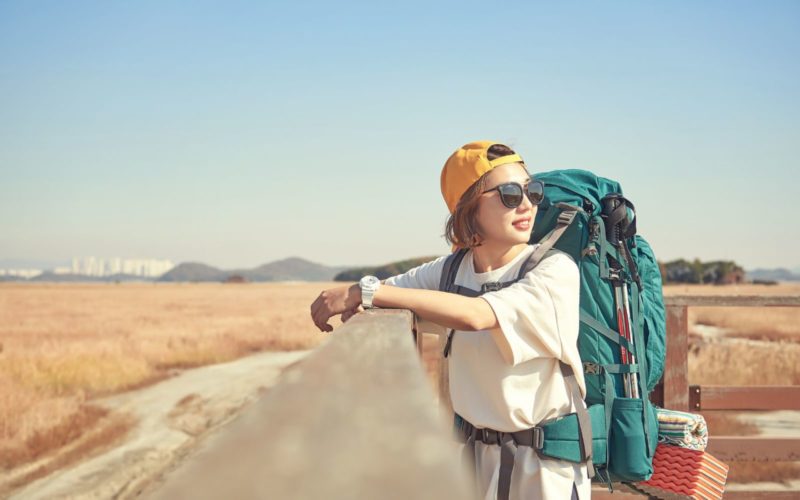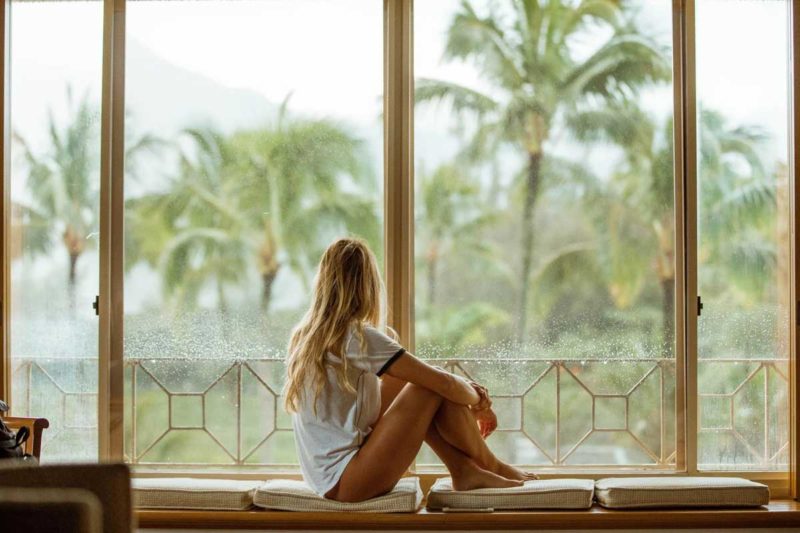Point and shoot – no harm done, right?
In fact, ethical photography practices are a bit more complicated than you might think. In this article, we’ll explore exactly what ethical photography is in the travel realm and give you a few tips and tricks so you can travel as ethically as possible.
Keep reading to learn more.
What is Ethical Photography?
Ethical photography in travel typically means that subjects are photographed in such a way that does not perpetuate stereotypes and which truly showcases a person, culture, or activity without the biases of the photographer or editor manipulating the scene.
Ethical photography is vital because it puts the subject first, making sure that their story is truthfully represented and they’re willing for it to be told. Unfortunately, there’s a lot of grey area when it comes to how to be an ethical photographer, but we’ve done our best to give you some tips and tricks to help you along.
Ethical Photography Tips for Travelers
Let’s dive into ethical photography tips so you can enjoy your travels and capture some amazing photographs as ethically as possible.
Ask Yourself What the Goal of the Photo Is
The first thing to ask yourself when determining if the photograph that you are about to take is ethical or not is, “what is my goal in taking this photo?”. Is the goal to promote yourself, or to help the person you are photographing? Are you bringing awareness to your subject’s situation, or attempting to rectify or celebrate that situation? Or is the shot taken exploitive, potentially bringing unwanted attention to the subject?
To truly be an ethical photographer, an image needs to be created with the subject’s best interest at heart.
People Are Not Exhibits
Always remember that people are not exhibits. Their purpose in life is not to be the subject of your photograph. Ask yourself how you would feel if a stranger started taking your photo without first asking permission or getting to know you. Communication first is always a good idea and remember that even without speaking the same language, there are so many ways that you can communicate with other people.
Build a Relationship With Your Subject and Be Patient
This is a bit tougher for some forms of travel, but by building a relationship with your subject you can gain a better understanding of their story, their background, and who they really are as a person. This in itself can help you to create a powerful image. When you have more understanding of a person, a situation, or a place, it causes you to photograph that situation differently, often without you realizing it.
Patience is also vital to capturing natural photographs. When you take the time to get to know a person or a community, they become more comfortable with you as a photographer, often allowing you into more personal areas of life like mealtimes.
Hiding Your Camera
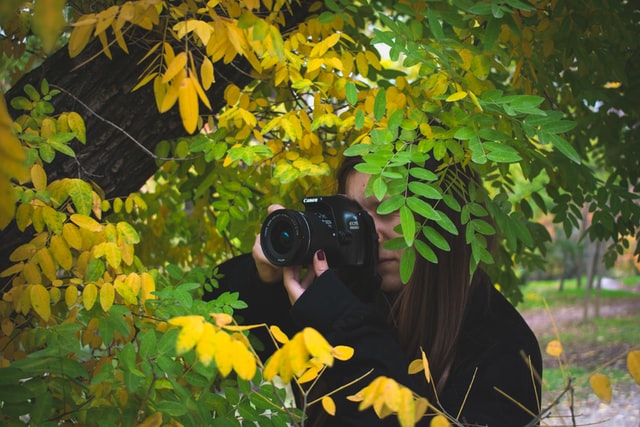
Consent with street photography is a highly debated subject and is something that we’ll explore later in the article. However, if a subject has asked you or has in any way implied, even nonverbally, that they do not want to be photographed and you feel the need to hide your camera or quickly take the shot as the camera is lowered, it’s likely not an ethically taken photograph.
Don’t Get Caught Up in Stereotypes
It’s easy to get caught up in photographing people only through stereotypical lenses, without including other representations of those people. We might only ever show a homeless person as downtrodden, without showing their moments of compassion or strength.
At a Native American reservation, for example, our first instinct might be to seek out someone wearing traditional clothing, but ask yourself what story this actually tells. Are they wearing this form of dress for the purpose of being photographed by tourists or is it serving a purpose during a ceremony? Clothing does have symbolic meaning within Indegenous cultures, but it’s not the only way that Native American people dress.
When practicing ethical photography, be careful to avoid creating photographs that only fulfill a stereotype. Instead, showcase a more well-rounded image or series of images about a person or a culture. Also be mindful of that permission point, as many Indegenous ceremonies forbid photography.
Learn About Personal Space In the Country That You’re Exploring
Personal space, the physical distance a person is comfortable keeping from others, differs around the world by culture. In the United States, for example, personal space is quite large. Americans feel uncomfortable when someone they don’t know stands too close. However, in China, it’s not uncommon to stand closer to someone, and in European countries, the physical closeness between men is much more common than in others. It’s important to do your research ahead of time to learn more about what the norms are around personal space in the country you’re traveling to.
Photographers often need to be chameleons who are able to blend in with the culture around them. The more that you understand what the social norms are, the more you’ll be able to blend, therefore capturing natural photographs without drawing attention to yourself and causing your subjects to change their behaviors.
Don’t Stage It
It might surprise you to learn that several famous travel photographs are staged or at the very least the subject was asked to pose. This is not an uncommon practice. Staged photos can of course produce beautiful-looking results, but the viewer has been misled. The person being photographed has also been manipulated into making a suggestion about a place that may not be true or real. The motivations of the subject and the photographer are put into question. Trust can be lost.
Whether or not staging or posing a subject is ethical in travel photography is incredibly subjective, but above all, do your best to tell a story with as little manipulation of a situation as possible.
Ethical Photography Doesn’t Always Require Permission
Even the most ethical photographers aren’t able to ask permission in every circumstance. Some of the best photographs come from unexpected moments like shopping at a market or from out-of-the-blue events that take place in the process of local people carrying out their daily lives.
If permission is asked before every photo is taken it could mean that the subject becomes conscious of being photographed and changes their behavior. You can always show your subject the photo after and ask them for permission. Some people will love this and even ask you to send them a copy but you do run the risk of your subject asking for it to be deleted.
In general, if you’re in a public place you do have the right to take photographs of people although this does vary by country so do your research ahead of time. If you are concerned, adjust your positioning in such a way that your subject’s face is obscured.
Photographing Children
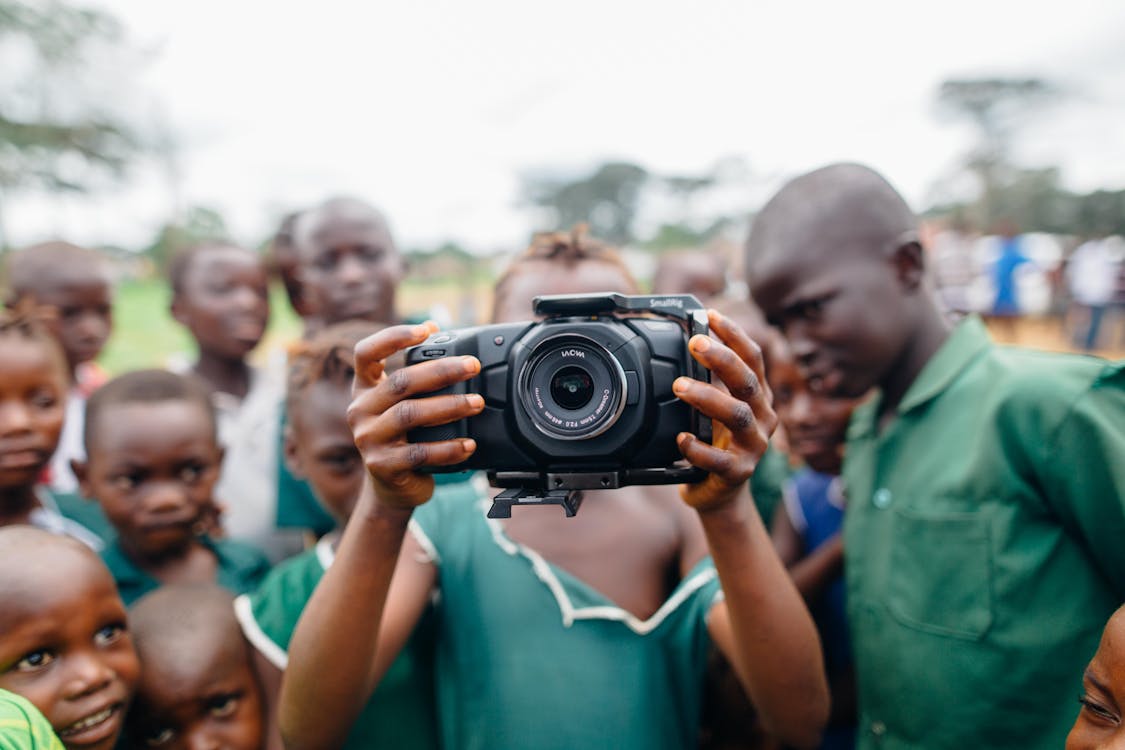
There are some times when it’s obvious that photography in that moment would be inappropriate. Any photography that puts you or the subject in harm’s way is a definite no-go. Most people do not welcome the intrusion or disruption of photography at sombre ceremonies or at religious rituals (more on this later). A significantly complex subject, however, is the photography of children.
Whether or not minors can be legally photographed in a public place depends on the laws of the area, but even if it is legal, it’s always imperative to ask the guardian or caregiver about photographing. Even if verbal communication isn’t easy or possible, using nonverbal cues like pointing to your camera and then at the child is often enough. A smile and a nod from the adult is often consent enough but if the adult seems even a little bit uncomfortable with it, don’t take the photo. Then it’s important to know what your goals for the photo are, and if these goals meet ethical expectations.
When Someone Gets Mad
Everyone has their own reasons for not wanting to be photographed whether religious, safety, or simply for privacy reasons. You may someday encounter a scenario where someone asks you to delete a photo of them and when you’ve been explicitly asked, to remain ethical it’s best to comply.
The same applies to locations where photographs are not permitted. As frustrating as it might feel for the photographer, some locations have specific cultural reasons for not allowing photography. It is always best to show respect. Failing to comply could result in your SD card, or the camera itself, being confiscated. If you know ahead of time that you want to shoot at one of these locations, you can always reach out to the tourism board or local authority to request special permission.
Selfies and Using Yourself as the Subject

The foundation of ethical travel photography is respect for the subject. This applies even if the subject is not actually a person standing in front of you, but people who are deeply connected to the focus of your camera. When you are not part of the story, and you put yourself in the photo, that shows disrespect for the subject.
There are numerous articles that make the news every year in which photographers, many times social media influencers, are reprimanded for inappropriate shots at various sites. For example, Berlin’s Memorial to the Murdered Jews of Europe is a solemn memorial and testament to Jewish victims of the Holocaust. Visitors to this Memorial are often very quiet and deeply moved by what it represents. Selfies have the innate quality of vanity, which doesn’t go hand in hand with solemnity. Many articles have been written in outrage at the number of people who shoot selfies at this memorial, as well as at former concentration camps. This lack of respect for the historic integrity of the Memorial, and other examples like this one, defines unethical photography. When the act of taking photos hurts other people, that is unethical.
Edit Relatively True to What Was Shot
Although photo manipulation is a beautiful art form, travel photography should strive to represent a person or culture without stereotyping. Do your best to edit relatively true to what was shot, performing basic edits that maximize the photo and pull focus to the subject rather than manipulating the scene.
Ethical Photography Frequently Asked Questions
Should you pay your subjects?
If you pay your subject, you’re probably going to need them to sign a model release form, so it really depends on the context. For example, in Edinburgh, Scotland, the most pierced woman in the world can often be found on the Royal Mile, selling pictures with tourists. This is how she makes her living so you do need to pay. Use your best judgment and try to get to know your subject first. This will help you to get a better idea of if they would accept or be offended by the offer of money.
Are drones ethical for travel photography?

With drones quickly becoming an accessible tool for photographers and videographers, the question arises about the ethicality of using drones for street photography. While many countries and popular tourist sites have published rules and restrictions on drone usage, there are still some areas that you may visit where the rules are not well defined. Use your best judgment and don’t fly when it may disturb other visitors or locals. Depending on the flight location, using the drone could be seen as an invasion of privacy and for many people, the buzzing sound can be frightening and annoying. Additionally, you should avoid flying if it could cause harm to anything (people, animals, nature, architecture, etc.) in the area.
Join the Hidden Lemur Community to Keep Traveling Ethically and Sustainably
Ethical photography is one of the many areas of sustainable travel we love exploring at Hidden Lemur. Be sure to subscribe to our weekly newsletter (sign-up form below) to keep up to date with the latest news and travel guides. Also, feel free to reach out to us on Instagram to let us know about areas of sustainable travel you’re interested in exploring!




